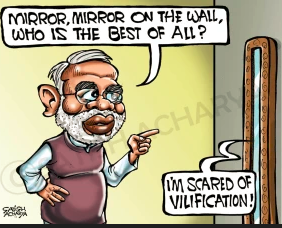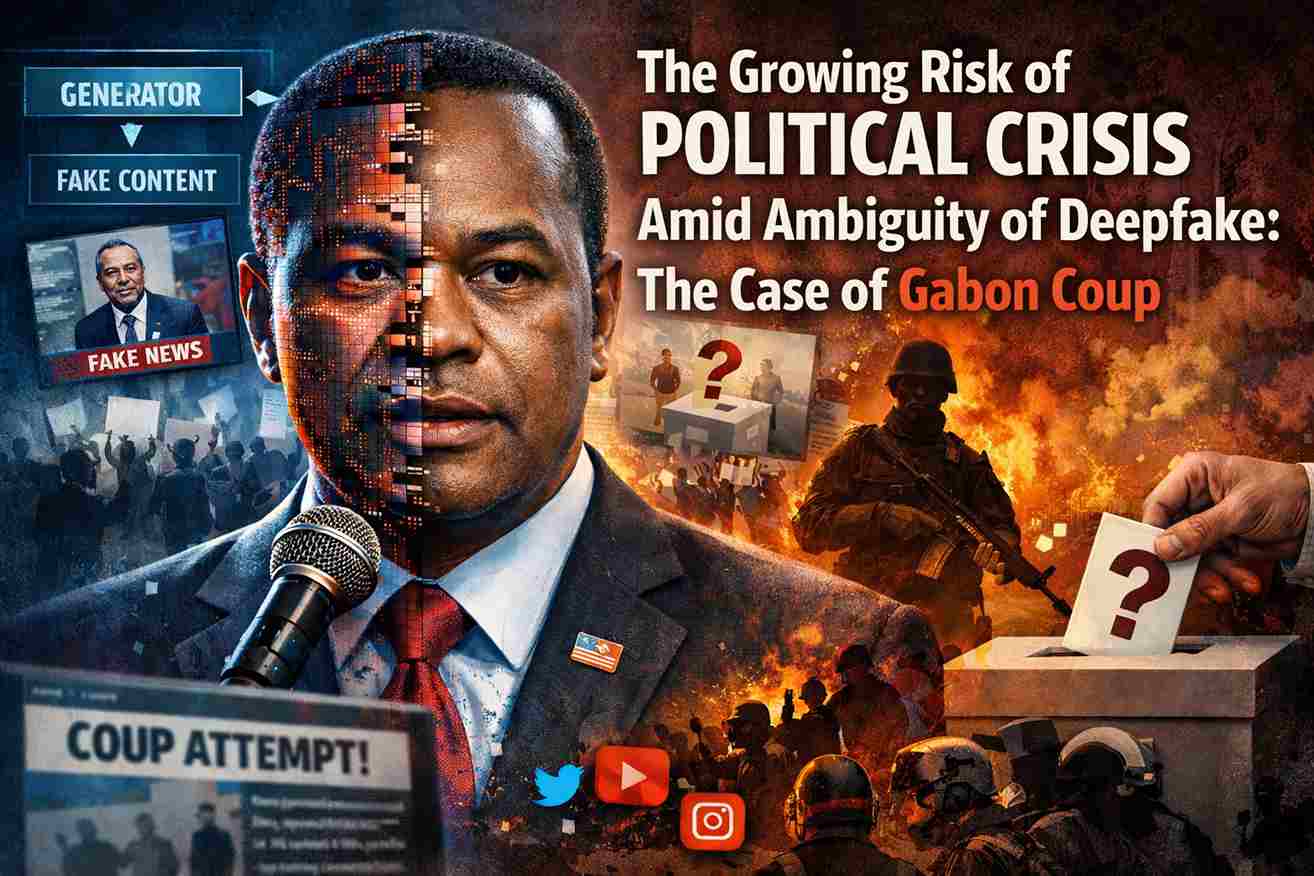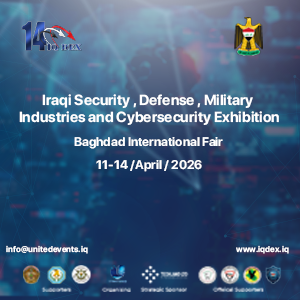Before elections, political propaganda works to shape people’s thoughts in various ways. Firstly, by repeating messages endlessly, they aim to make these ideas familiar and accepted. Then, emotions are stirred up, often through fear or hope, prompting instinctive reactions rather than rational thought. Moreover, propaganda selectively presents information, showing only what aligns with its narrative while ignoring opposing viewpoints. This creates a skewed perception of reality. Additionally, opponents are often vilified, portrayed as threats to be opposed rather than political adversaries to be debated. Symbolism and storytelling are also utilized, tapping into people’s identities to foster a sense of belonging and loyalty. Lastly, controlling the media ensures that only the desired narrative reaches the public, further reinforcing the propaganda’s influence. Together, these tactics manipulate public opinion and ultimately impact voting behavior.
A rumor is a social cancer: it is difficult to contain and it rots the brains of the masses.
The ongoing General Elections in India, involving nearly a billion eligible voters, constitute the world’s largest democratic exercise. However, India’s democracy and its processes are far from simple; they represent a highly complex phenomenon, system is not a very complex relatively the elections are, because it consist of hundreds of political parties, several ethnic and religious groups and languages.
The primary competition lies between the Congress-led coalition and Modi’s alliance. The BJP is renowned for concealing its true agendas while promoting self-crafted narratives such as Hindu-Muslim tensions, Pakistan terrorism, and the Ram temple issue. Modi’s team, adept at managing his agendas across social media and mainstream electronic and print media, plays a pivotal role in shaping public perception.
A recent survey on press freedom ranked India 159th out of 192 states, indicating a high level of media control by the state and its agencies. Unlike typical dictatorships or so-called democratic regimes, where media is forcefully controlled, the BJP has allegedly influenced several prominent media channels through financial means. These channels, often labeled “Godi Media” (meaning media aligned with PM Narendra Modi), claim independence but are perceived otherwise by many. The paid media not just hide the real issues of India nonetheless also praise BJP and Narandera Modi and create diversion through the non-issues. The Social media is also highly influenced by the BJP, thousands of Pro-BJP accounts successfully manipulate the truth and spread BJP agenda and narrative by every possible mean.
Modi’s political acumen is undeniable; he understands the Indian psyche well, leveraging emotive issues to win the 2019 elections. His invocation of the Pulwama attack and the Balakot airstrike, urging voters to dedicate their votes to the martyrs, exemplifies this strategy. While the Balakot incident later faced scrutiny and criticism, Modi’s ability to deflect failure and garner sympathy underscores his political prowess.
The aftermath of events like the URI surgical strike and the Pulwama attack created an environment where even opposition parties hesitated to question the government’s security lapses. Criticism risked being labeled as anti-national or pro-terrorist, amplified by sympathetic media narratives orchestrated by the ruling party.
In essence, Modi’s leadership represents a nuanced blend of political savvy and media management, shaping narratives that resonate with the Indian public while navigating complex geopolitical challenges.
In the 2024 elections, Modi was very sure his party would get about 400 seats. They even talked about changing some laws, like ending special benefits for Muslims and other minorities if they won big. But, it seems like not many people are voting like last time. This has the BJP worried because they think their workers aren’t doing enough, which might make it hard to reach their goal. Because of this, Modi changed what he talks about in his speeches. Now, he’s saying some harsh things. He’s calling Muslims “infiltrators” and blaming them for India’s population growing too fast. It’s not common to hear these kinds of comments from a Prime Minister.
Besides these tough comments, Modi keeps bringing up Pakistan, Mangal Sutra, and making false claims about congress. But why is he so focused and obsessed with Pakistan? He’s telling a story that Congress is friends with Pakistan and that they did not stop terrorism happening in India from there. Modi has been using Pakistan as a way to get people riled up since he started, and he’s still doing it. He knows that many Indians have strong feelings about these issues, so he’s using that to try and get more votes. This shows how good Modi is at playing on people’s emotions to win support.
Table of Contents
ToggleSyed Hassaan Naqvi
Syed Hassaan Naqvi is an Islamabad-based researcher.














